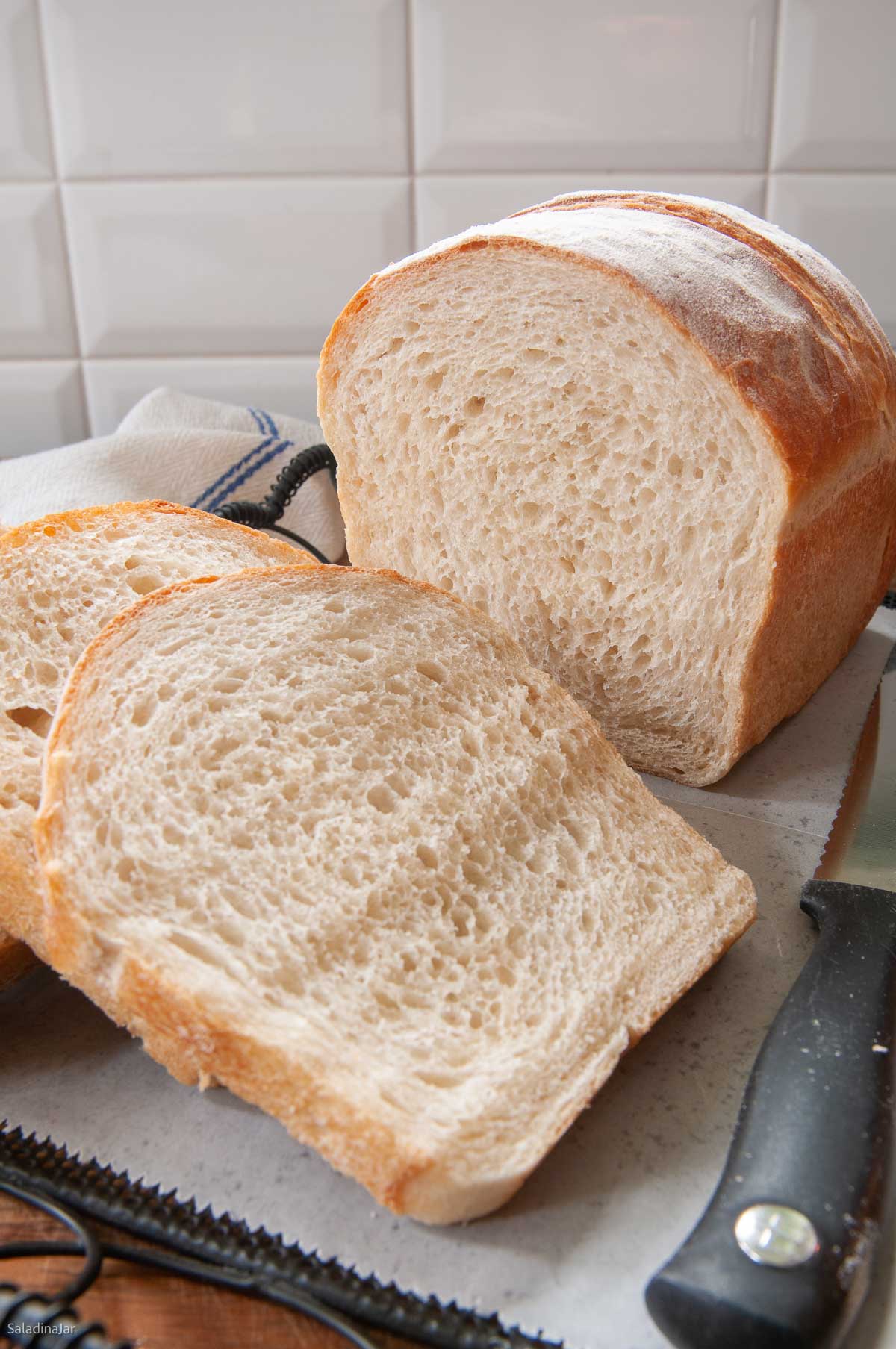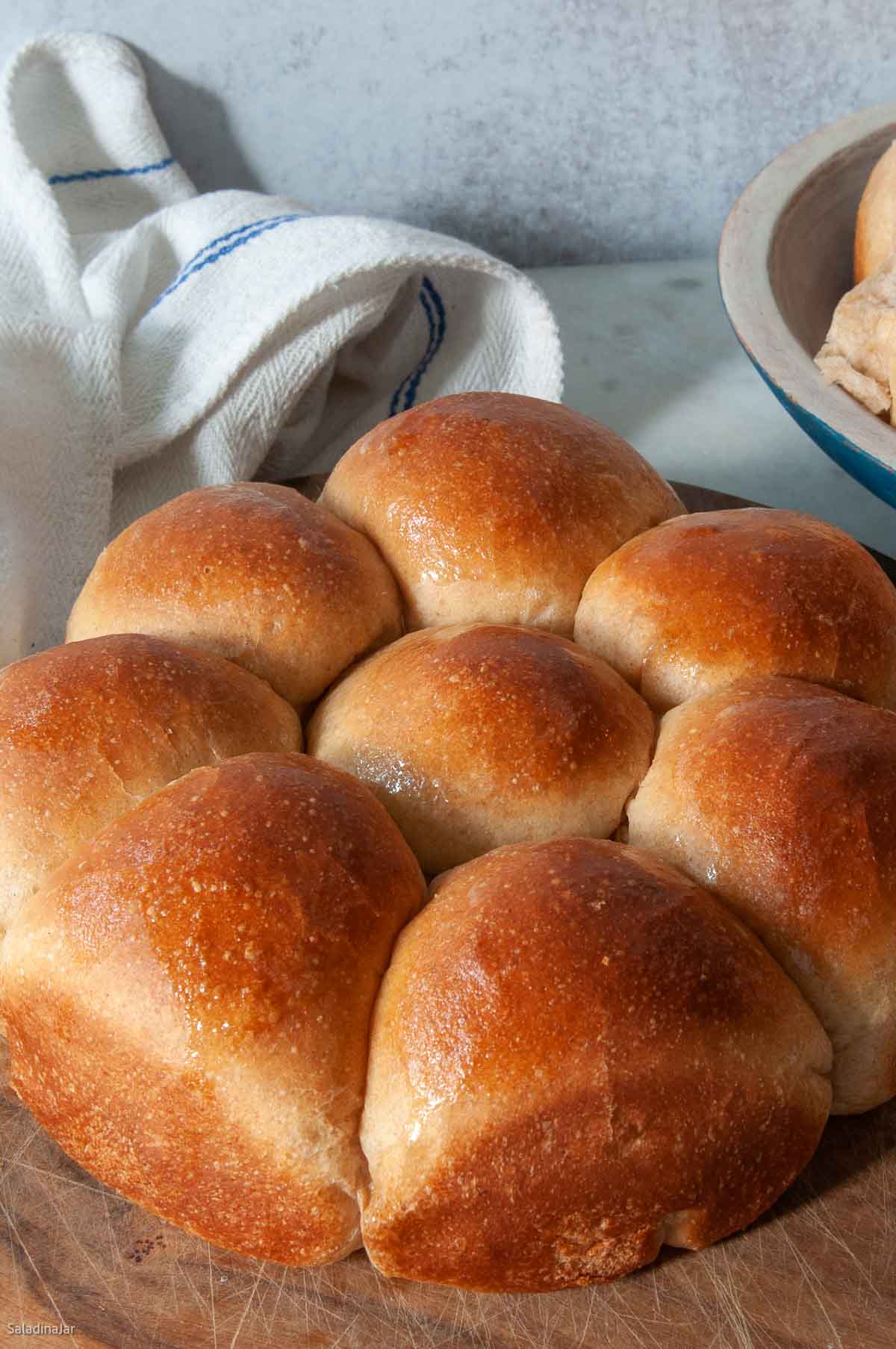Why Your Bake Didn't Turn Out
Salad in a Jar
Check out my previous newsletters below. If you haven't already, sign up for my newsletter!
You've just pulled a beautiful loaf from the oven—golden crust, warm, with an aroma that's driving you crazy. The temptation to slice it right now is real. But if you want the best texture and flavor, give it time to cool. Here’s why patience matters: – Avoid gummy texture: Cutting too soon traps steam before the crumb finishes setting. – Avoid squishing your loaf: Warm bread is delicate and can compress under the pressure of a knife. For delicate breads like babka, this can be disastrous. –...
Ever mixed up a beautiful batch of bread machine dough only to have it bake up too short...or overflow the pan? 🤦🏼♀️ Picking the right pan makes all the difference! I'm sure the above loaves tasted equally good, but which one would you rather share? In my latest post, I break down exactly which loaf pans work best based on your dough weight, plus a few tricks for improvising when you don’t have the perfect size on hand. 🔹 The Golden Rule for choosing a pan 🔹 Exceptions for whole-grain and...
Should you add Vital Wheat Gluten or dough conditioners to your bread recipes? Let’s break it down! Vital Wheat Gluten and dough conditioners both improve dough performance, but they do it differently. Is it worth the money? You decide. Vital Wheat Gluten 🔹 What it does: Strengthens gluten, helping low-gluten and whole grain doughs rise better.🔹 What it’s made of: Nearly pure wheat protein.🔹 How to use it: Add 1–2 tablespoons per loaf to boost elasticity and structure. Dough Conditioner 🔹...

